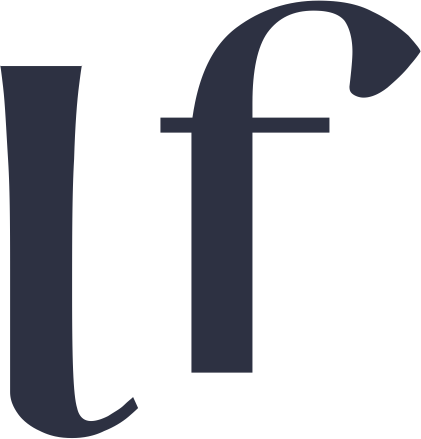How RTG’s First Branded Brochure Became the Blueprint for Its Entire Marketing Strategy
When RTG Building Services approached Lozafina, they were looking for “just a brochure.”
But we knew they deserved more.
Their first true brand asset with us needed to be something that could clearly communicate who they are, what they do, and why they stand out in a crowded commercial-services industry.
A bifold brochure might seem like a modest starting point, but in brand strategy, the first asset you produce sets the tone for everything else. It becomes the blueprint, the visual grammar, the narrative structure, the credibility builder. And for RTG, this mattered. With over 90 employees, millions of square feet cleaned daily, and major contracts across construction, education, government, and healthcare, the company needed a tool that made their scale tangible and their professionalism unmistakable.
The brochure works because it does three essential things every strong brand asset must do: it clarifies, it differentiates, and it builds trust.
First, it clarifies. RTG offers multiple services, from construction cleanup, commercial janitorial, and a growing painting division, but before this project, those offerings lived in conversations, quotes, and internal know-how. The brochure organizes these services into a clean, intuitive narrative that tells prospects exactly what RTG does, who they serve, and what they can expect. Clarity is a competitive advantage, especially in industries where most companies sound the same.
Second, it differentiates. The brochure doesn’t just list tasks; it explains why RTG’s approach is unique. The construction cleanup section highlights scale (“10 million square feet cleaned annually”), reliability (“OSHA-trained teams”), and coordination (“work seamlessly with contractors to meet deadlines”). The painting division section tells the origin story — born out of RTG’s firsthand experience correcting other contractors’ mistakes — which instantly sets the company apart. In brand strategy, differentiation is not always about flashy slogans; often, it lives in the operational truths a company lives by. We surfaced those truths and made them visible.
Third, it builds trust. For service-based businesses, trust is currency. The brochure includes RTG’s NAICS codes, federal contracting history, and a long list of completed projects, from the University of Nebraska campuses to Offutt Air Force Base to regional hospitals and major commercial developments. These details signal credibility, competency, and experience, reducing the perceived risk for potential clients. When decision-makers see their peers, institutions, and public agencies in a company’s portfolio, trust follows.
Visually, the brochure establishes a simple but strong brand identity. The clean layout, structured hierarchy, and confident use of space reflect RTG’s values: consistency, precision, and professionalism. This is intentional. In brand strategy, design isn’t decoration. It is behavioral signaling. A well-structured asset tells clients that the company behind it is organized, reliable, and detail-oriented.
Most importantly, this brochure sets the stage for everything that comes next. Once a brand has a clear visual and narrative anchor, every future asset, the website refresh, social media presence, sales decks, proposals, and trade show materials can echo the same story.
Consistency is what transforms marketing materials into a coherent brand ecosystem.
And a coherent ecosystem is what turns recognition into revenue.
RTG’s bifold brochure is effective not because it is glossy or elaborate, but because it is strategic. It tells the right story, to the right audience, in the right way. It captures who RTG is today and positions them for who they are becoming. And for any business looking to strengthen their brand foundation, this kind of asset is exactly where you start with clarity, truth, and a story that works as hard as you do.



